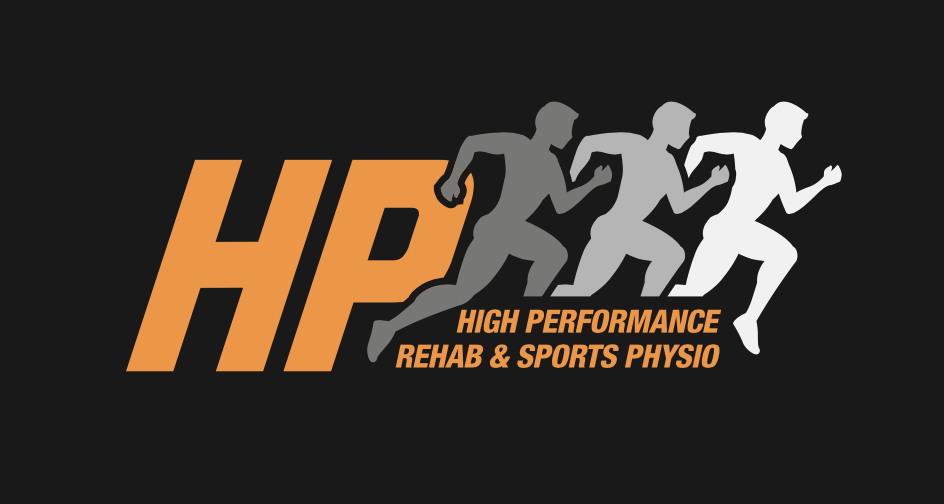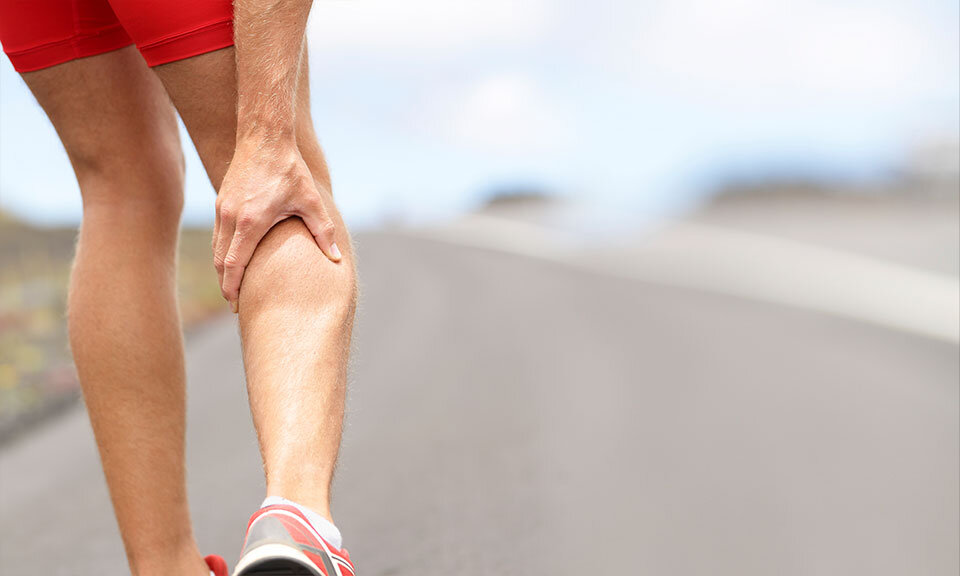Pain felt in the calf is often the result of a strained or “pulled” calf muscle. With a specific incident, these can be occasionally confused with an Achilles Tendon rupture as you may feel a “pop” or as if you’ve been hit in the back of the leg. Typically, the incident causes sharp pain in the calf which progressively increases over time.
Typical symptoms are:
· Unable to walk
· Bruising in the back of the calf
· Inability to rise onto tiptoe
What Causes a Calf Muscle Tear?
Generally, these injuries happen at steady state running or when accelerating. The most commonly torn calf muscles are your medial gastrocnemius as it crosses over both the knee and ankle joint, and your deeper soleus muscle as it plays a large role in running.
Calf Anatomy
The calf is composed of 3 muscles:
· Gastrocnemius – comprised of medial head which has more faster twitch muscle fibres and the lateral head.
· Soleus – lies deep to the gastrocnemius and the largest of the 3 muscles. This muscle takes up to 8 x body weight load when running (compared to x 2 times in other muscels) which significantly increases it’s risk of injury in running activities .
· Plantaris – located in posterosuperficial compartment of the calf and isn’t a prime mover but acts with gastrocnemius as a knee flexor and ankle plantarflexor
All 3 of these muscles form together to attach into the Achilles Tendon and attach on the calcaneal bone (heel).
Calf Injury Classification
Grade 1
· This is a mild strain involving partial tearing of a small amount of muscle fibres. Symptoms can vary from being able to continue playing to acute sharp pain at the moment of injury and pain on walking. They do however recover quickly and often returning to sport within 3 weeks.
Grade 2
· Occurs with a greater degree of partial tearing of calf muscle fibres or a partial calf tendon tear. Players are usually unable to continue playing, although some describe a strong cramping sensation in a particular location of their calf. Return to running loads and sport specific training should be guided by your Sports Physio to prevent a further tear which unfortunately can be common in moderate calf tears.
Grade 3
· This is the most severe calf strain causing a complete tear or rupture of your muscle fibres or tendon. These injuries require an extended rehab period prior to return to sport and this time frame will be affected by which muscle or tendon unit is involved. In a grade 3 tear it’s important to clear if there has been an Achilles Tendon rupture. If this is the case recovering can be upwards of 6 months.
Management of Calf Injuries
Whilst management depends upon the severity of injury the first step is to get an accurate diagnosis of degree of injury from your Sports Physio or Sports Doctor and work on a management plan. Appropriate rehabilitation is required for these to ensure they recover and are safe to return to sport, and avoid a risk of re-injury.
Early Protection Phase – Like most muscle injuries the initial management is to follow RICER principles to reduce the load and protect the local area. Along with this it is important to regain range of motion of the ankle and reintroduce correct walking patterns.
Introductory Loading Phase – Begin to strengthen the calf complex and lower body strength. If necessary these may begin non-weightbearing and then progressively increase to resistance exercises. Low level running can be introduced here.
Transition Phase – Progress to power and plyometric exercises such as sled push (or prowler - see picture below) along with sport specific skills and training as appropriate.
Return to Perform – As mentioned above it’s important to ensure that the calf is able to withstand high loads relevant to the sport and thus the final step is to work on the higher level plyometrics such as repeated jumping and sprinting.
If you have a calf injury or are having recurrent issues then please get in contact with one of our Sports Physiotherapists to assess and design a program suited to your needs.
Written by Simon Wybenga - HPRSP Physiotherapist




